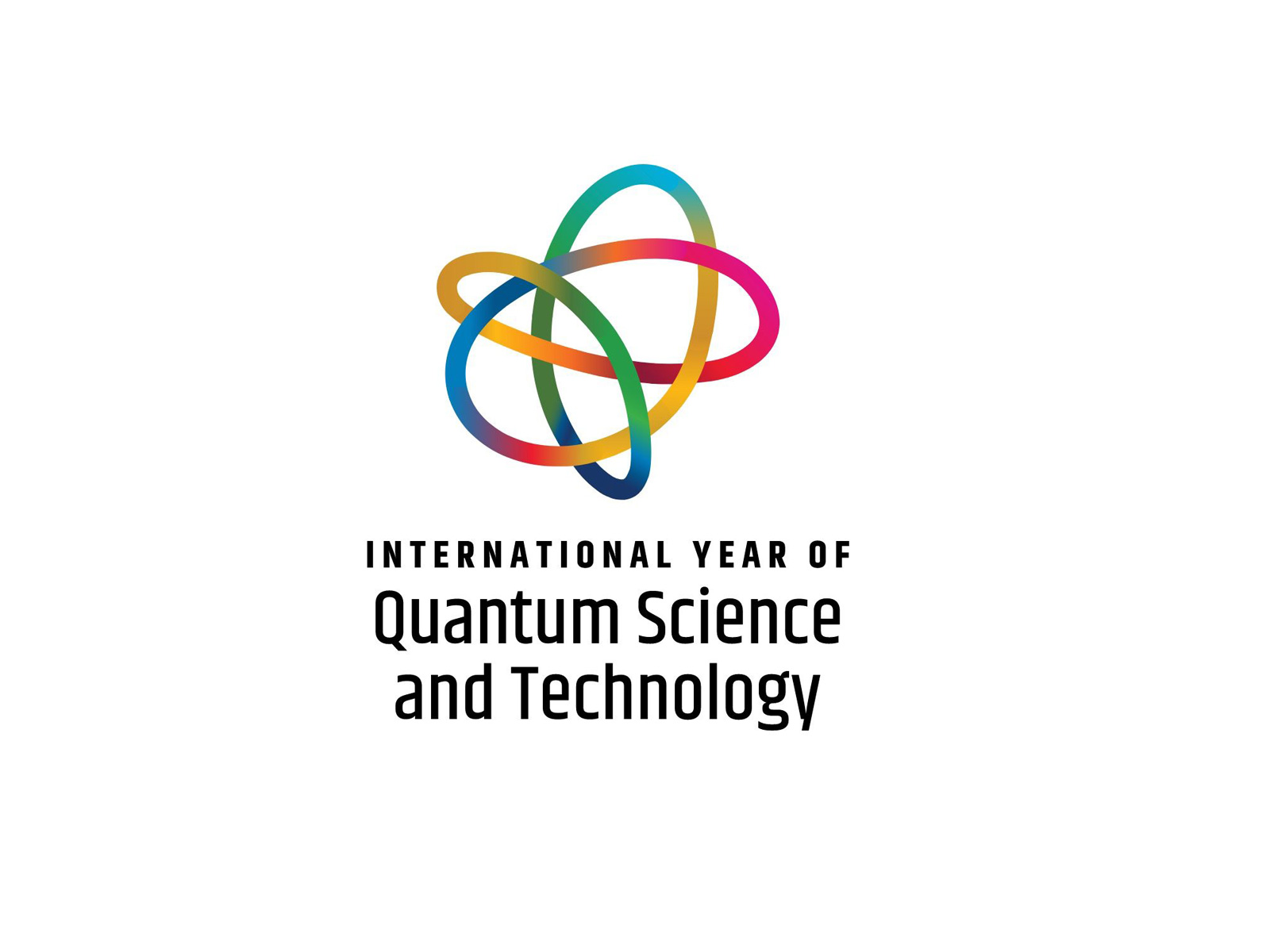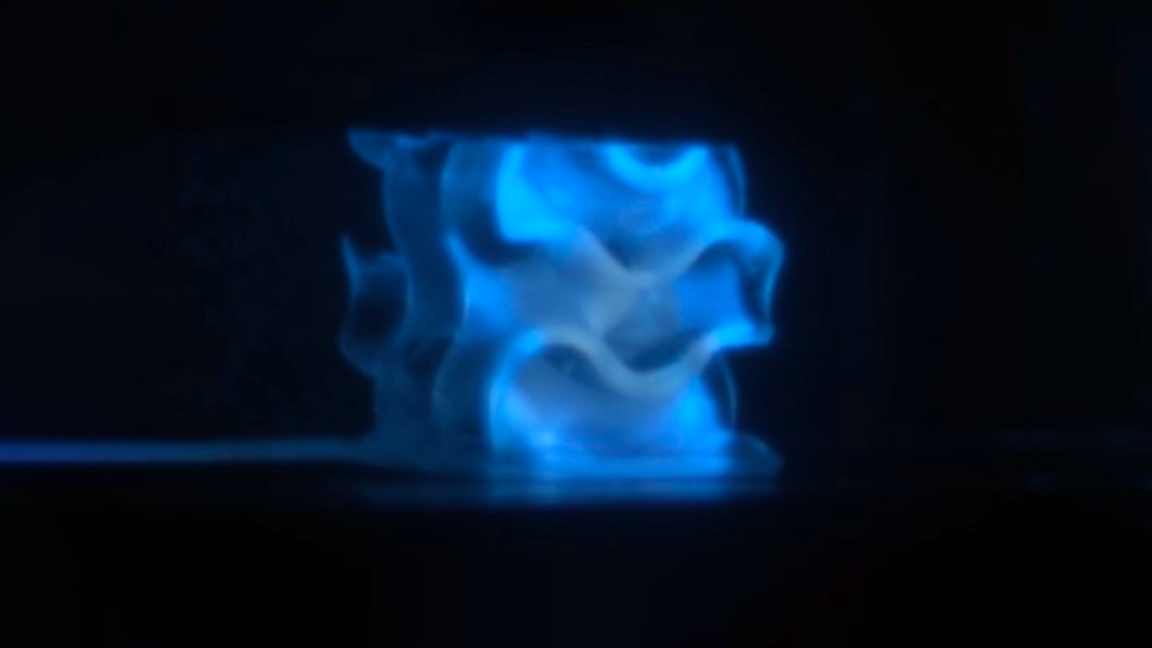 A first prototype for an all-European, in terms of both design and technology, supercomputing infrastructure. This is the goal of EuroExa, a project funded with 20 million euros under the H2020 research programme and just launched by the sixteen European institutions that participate in it, including the National Institute for Nuclear Physics (INFN) and the National Institute of Astrophysics (INAF) in Italy. The institutions of the EuroExa consortium met at the Supercomputer Centre in Barcelona to confirm the start of the EuroEXA project and, at the same time, mark their participation in the development of demonstrators of parallel calculation systems scalable up to the ExaFlops level, i.e. capable of performing one billion billion floating point operations per second. The growing importance of High Performance Computing (HPC) was recently been reaffirmed by the signing of a declaration in support of next-generation computing and data infrastructures by Ministers from nine European countries (France, Germany, Italy, Luxembourg, the Netherlands, Portugal, Spain, Belgium and Slovenia). The organisations participating in EuroEXA ensure a rich contribution in terms of application areas, including climate, meteorology, basic physics, energy, life sciences and bioinformatics. The ultimate goal, which will be the subject of a subsequent EU funding phase, is to implement by 2022/23 an integrated high-performance computing infrastructure at the ExaFlops scale, based primarily on European technology, an ExaScale computing infrastructure available across the EU for scientific communities, industry and the public sector.
A first prototype for an all-European, in terms of both design and technology, supercomputing infrastructure. This is the goal of EuroExa, a project funded with 20 million euros under the H2020 research programme and just launched by the sixteen European institutions that participate in it, including the National Institute for Nuclear Physics (INFN) and the National Institute of Astrophysics (INAF) in Italy. The institutions of the EuroExa consortium met at the Supercomputer Centre in Barcelona to confirm the start of the EuroEXA project and, at the same time, mark their participation in the development of demonstrators of parallel calculation systems scalable up to the ExaFlops level, i.e. capable of performing one billion billion floating point operations per second. The growing importance of High Performance Computing (HPC) was recently been reaffirmed by the signing of a declaration in support of next-generation computing and data infrastructures by Ministers from nine European countries (France, Germany, Italy, Luxembourg, the Netherlands, Portugal, Spain, Belgium and Slovenia). The organisations participating in EuroEXA ensure a rich contribution in terms of application areas, including climate, meteorology, basic physics, energy, life sciences and bioinformatics. The ultimate goal, which will be the subject of a subsequent EU funding phase, is to implement by 2022/23 an integrated high-performance computing infrastructure at the ExaFlops scale, based primarily on European technology, an ExaScale computing infrastructure available across the EU for scientific communities, industry and the public sector.
You might also be interested in

EuPRAXIA chooses ELI Beamlines as second site for laser-driven accelerator

The record neutrino observed by KM3NeT
07 February 2025
Read more The record neutrino observed by KM3NeT

INFN celebrates the STEM WEEK and the International Day of Women and Girl in Science 2025

International Year of Quantum Science and Technology, 2025
03 February 2025
Read more International Year of Quantum Science and Technology, 2025

A new generation of plastic scintillators thanks to 3d printing

Capturing the accretion flow of M87* black hole
22 January 2025
Read more Capturing the accretion flow of M87* black hole